We worry about our children’s safety from the moment they are born.
While many of these safety guidelines are well and good, our obsession with keeping our children safe can sometimes spill over into unnecessary territory.
Toy-makers are well aware of parents’ concerns and often slap on child safety regulations on virtually every item in the stores. But as a parent, it’s hard to know when we are taking on too much of the responsibility of protecting our kids, at the expense of sheltering them from the realities of real-world dangers.
⇒ Related Read: How do I know if I am over protective of my child?
After all, we won’t always be around the eliminate every sharp corner for our kids. So how will our children respond to danger when they’re out of our safety net? Despite our best intentions, we may be cutting our children off from valuable opportunities to learn and interact with the world around them.
We can first start by avoiding blindly protecting our children from danger, and consider how we can raise kids that are in control of their environment around them, including the dangerous things.
For a start, here are 4 things you can slowly introduce to your child.
#1 Let them cut things

Safety scissors are helpful for very young children, or when no adult is present to monitor the cutting. Still, even a preschooler is not too young to be trained to use regular scissors with caution, and with an adult present.
Learning to use scissors and knife independently helps hone your child’s self-control, and helps them develop an extended sense of self, similar to how they master the pen and pencil.
What is important is to set down clear safety rules for the children. These include always cutting away from the body, holding the blade away from the body at all times, and never forcing their way through cutting something that is too thick or hard.
Even in the kitchen, children can learn how to help mummy cut ingredients for the meal by using a child-safe knife (eg. Curious Chef) for starters before graduating on to the real deal.
Check out: Touchwood @ Ground-up Initiative
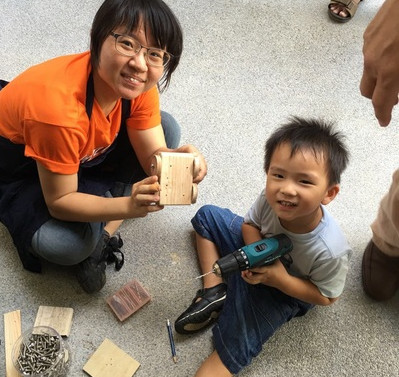 Photo source: Touchwood @Ground-up Initiative
Photo source: Touchwood @Ground-up Initiative
Touchwood is the craft arm of Ground-Up-Initiative. Their mission is to bring individuals of our community together to find and create useful ways of recycling used and unwanted materials. In the process, they hope to increase awareness of the importance of resourcefulness, especially in a small, resource-scarce country and encourage greater social interaction.
They organise holiday and customised workshops for kids and adults, all in the name of family bond while picking up a few handy skills! Check out their upcoming workshops here.
#2 Let them handle fire
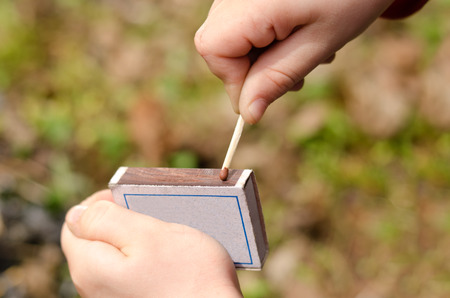
While letting your child loose with a box of matches is probably not the wisest thing to do, we should introduce our children to how fire works and allow them opportunities to learn how to control it.
For instance, teach your children to light their own candles for their birthday cake. Let them assist you when you are cooking at the stove. Get them involved at the grill when you’re having a barbeque, and let them turn the food and fan the flames.
In all these instances, they are closely monitored by you, the adult, so it allows them to gain confidence in handling this dangerous medium.
Such opportunities can also be valuable science lessons to impart principles about how fire is formed, how combustion takes place, and what chemical processes occur.
#3 Let them shoot

Sometimes we hear parents say that they don’t let their kids play with guns because it encourages violence. While it’s true that we should not allow our children to get carried away and play with the intention to hurt, guns, arrows and the like are not all bad.
In fact, there is a lot of good to be gained from letting our children shoot or aim things like toy guns, catapults, and even darts, with adult supervision of course.
Learning to aim at a target, moving or otherwise, stimulates our children’s brains to develop visual acuity (3-D awareness) and problem solve. Instead of just using their hands, the act of aiming and shooting and throwing at something actually involves the whole body; the child’s analytical skills – attention and concentration, and physical skills – strength and control.
#4 Let them take things apart
Give them home appliances that to deconstruct so they can examine the parts. Let them figure out how things work on their own, and you might be surprised to find that they can understand some basics on their own.
Allowing your children to take these items apart lets them gain the confidence of trying something new, and challenges them to problem solve. It also helps them to feel your trust and gives them the mindset that even seemingly complex things can be knowable and aren’t as complicated as they may seem.
Broken things can be put back together.
Still feel it’s too risky? Gever Tulley, the founder of the Tinkering School, spells out 5 dangerous things you should let your kids do – and why a little danger is good for both kids and grownups.
Despite the provocative title, the talk is really about safety.
By Dorothea Chow.
If you find this article useful, do click Like and Share at the bottom of the post, thank you.
Stay in touch! Subscribe to our Telegram here for our latest updates.





































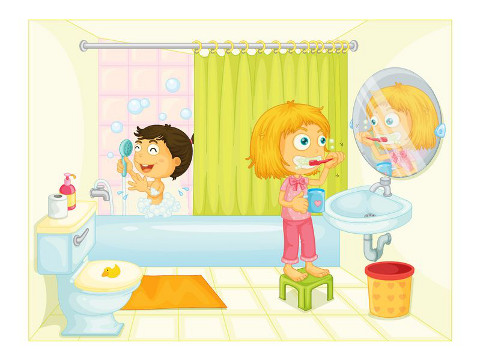

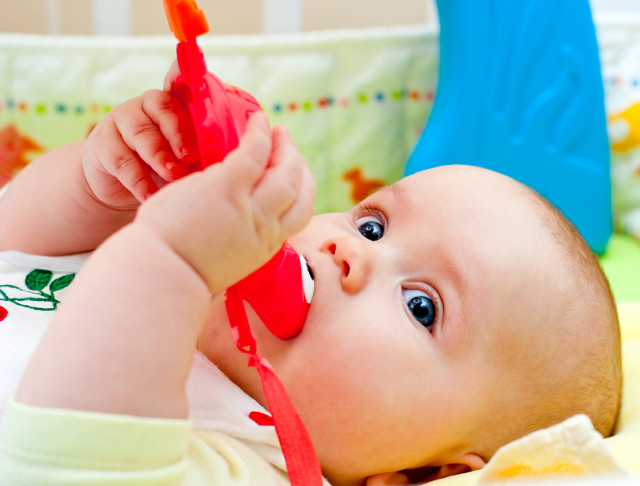


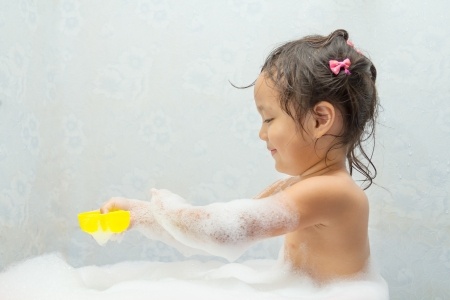



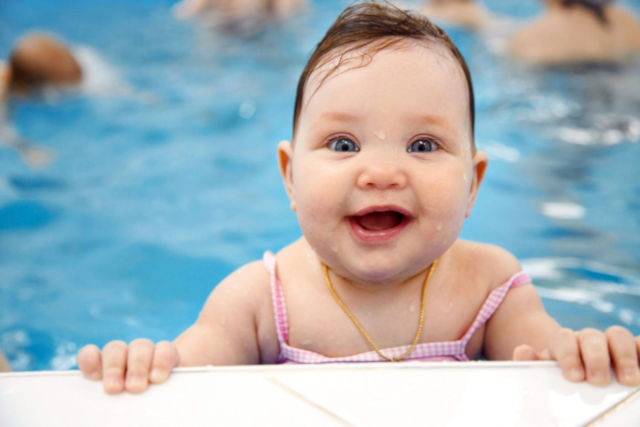
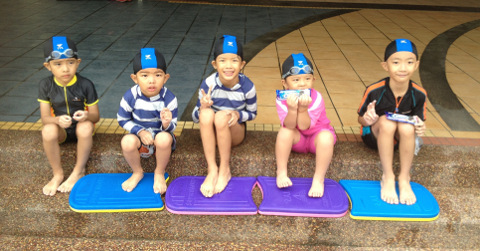









Leave a Comment: